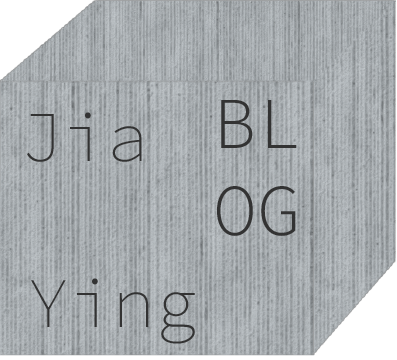The value placed on audiences’ exposure to programmes has started to change as the industry starts to value and measure audiences’ involvement with programming as seen by the amount of social media activity that surrounds each programme. We consider everyday media use to be free and entertainment, without considering we, as ‘audiences’, are ‘working’ as commodities, this argument is the antithesis of conventional thinking.
‘Audience power commands a price and is a commodity because it is created, sold, bought, and consumed. It involves ‘effort,’ just like other forms of ‘labour power.’
Double commodification
Take an example of my one-day media usage: Woke up in the morning I opened Wechat and Email to reply to messages; Opened Deliveroo to order some food; Opened Youtube and Google to find some learning resources; I Opened SSENSE to have some shopping ready for Christmas; Opened Ctrip to book my vacation tickets and hotels; During night time I opened Instagram to chill. Apart from the money spent on food and holiday, I considered these platforms are all free to use ( I can just use meal ordering platforms and shopping sites to get recommendations on food and clothes selections, even if I don’t spend any money).

As Cohen covered in his book, social media sites are becoming commodified in two ways: first, audiences are drawn to them and access to them is sold to advertisers; second, audiences produce a new commodity that adds value to social media.

‘Free’ labour
Even while there is no visible price, the information we require is already being exchanged for our behavioural data. Millions of individuals create and engage with online material, sharing personal information such as birthdays, phone numbers, and political and religious affiliations voluntarily.
For instance, when I ordered food on Deliveroo, the platform will have a better understanding of my food preferences, enabling it to make recommendations that are more likely to persuade me to place another order in the future. Also because I provide location information, they can use the data gathered from other users to notify me which restaurants in my neighbourhood are the most well-liked. All of these improve how I feel about using this app; I find it easier and faster than hunting for a restaurant on my own; they occasionally have a better grasp of my meal demands than I do; and as a result, I give loyalty to their platform.

Another example can be Instagram, Instagram serves as a place for me to connect with friends and look for fashion and artistic inspiration, the majority of the art accounts had their photographs well arranged so I could get the material I wanted with ease. As ‘pay back, I’ve developed into a productive and engaged Instagram ads consumer, the likes I give and the commercials I click on all count as contributions, my data was gathered and analysed, and it will be used to offer fresh suggestions for platform even though I thought I was having a relaxing night.

As Cohen stated, recommendations from friends or even complete strangers online can prevent “ad burnout.” I posted pictures of the exhibition I visited. This time, I took the role of free UGC, and my friends will interpret the post as my life update. The currency driving the social media market is following, friends, tweets, and comments, just like Duffy said.
